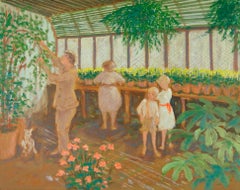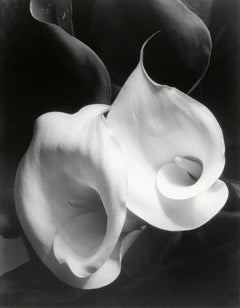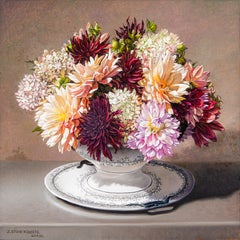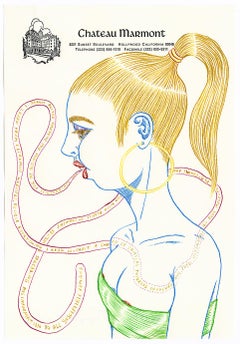Art Dealers Association of America
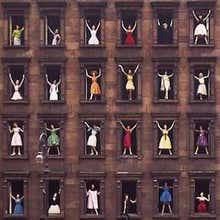
1980s Art Dealers Association of America
Archival Pigment
1980s American Impressionist Art Dealers Association of America
Oil, Panel
1920s Art Dealers Association of America
Silver Gelatin
2010s Contemporary Art Dealers Association of America
Oil, Panel
2010s Art Dealers Association of America
Oil, Acrylic
2010s Contemporary Art Dealers Association of America
Acrylic
Early 2000s Contemporary Art Dealers Association of America
Linen, Oil
2010s Art Dealers Association of America
Canvas, Oil
2010s Contemporary Art Dealers Association of America
Oil
2010s Abstract Art Dealers Association of America
Canvas, Oil
20th Century American Realist Art Dealers Association of America
Canvas, Oil
2010s Abstract Art Dealers Association of America
Canvas, Oil
2010s Art Dealers Association of America
Archival Pigment
19th Century American Realist Art Dealers Association of America
Canvas, Oil
Mid-20th Century Modern Art Dealers Association of America
Canvas, Oil
2010s Art Dealers Association of America
Archival Pigment
2010s Contemporary Art Dealers Association of America
Oil, Panel
2010s Contemporary Art Dealers Association of America
Archival Pigment
1970s Modern Art Dealers Association of America
Monotype
2010s Contemporary Art Dealers Association of America
Archival Pigment
1950s Art Dealers Association of America
Photographic Film, Photographic Paper, Silver Gelatin
2010s Art Dealers Association of America
Photographic Paper, Color, Archival Pigment
1960s Abstract Geometric Art Dealers Association of America
Acrylic, Linen
1880s Art Dealers Association of America
Photographic Paper
2010s Art Dealers Association of America
Archival Pigment
1970s Art Dealers Association of America
Silver Gelatin
2010s Art Dealers Association of America
Archival Pigment
19th Century Art Dealers Association of America
Oil
Mid-20th Century American Modern Art Dealers Association of America
Tempera, Wood Panel
2010s Contemporary Art Dealers Association of America
Canvas, Oil
2010s Art Dealers Association of America
Archival Pigment
21st Century and Contemporary Contemporary Art Dealers Association of America
Archival Pigment
Late 19th Century American Realist Art Dealers Association of America
Canvas, Oil
2010s Art Dealers Association of America
Archival Pigment
Late 19th Century Realist Art Dealers Association of America
Paper, Charcoal
19th Century American Impressionist Art Dealers Association of America
Canvas, Oil
2010s Contemporary Art Dealers Association of America
Oil, Wood Panel
2010s Contemporary Art Dealers Association of America
Oil, Wood Panel
2010s Contemporary Art Dealers Association of America
Archival Pigment
2010s Contemporary Art Dealers Association of America
Linen, Oil
2010s Contemporary Art Dealers Association of America
Oil
2010s Contemporary Art Dealers Association of America
Oil, Wood Panel
2010s Art Dealers Association of America
Photographic Paper
2010s Contemporary Art Dealers Association of America
Linen, Oil Pastel, Panel
2010s Contemporary Art Dealers Association of America
Canvas, Oil
1970s Contemporary Art Dealers Association of America
Screen
1950s Art Dealers Association of America
Silver Gelatin
Early 20th Century American Modern Art Dealers Association of America
Canvas, Oil
2010s Art Dealers Association of America
Photographic Paper
Early 2000s Contemporary Art Dealers Association of America
Screen
2010s Art Dealers Association of America
Photographic Paper, Color
2010s Contemporary Art Dealers Association of America
Metal
1950s Art Dealers Association of America
Silver Gelatin
20th Century American Modern Art Dealers Association of America
Mixed Media, Board
2010s Art Dealers Association of America
Photographic Paper
Late 19th Century American Realist Art Dealers Association of America
Monotype
1990s Art Dealers Association of America
Photographic Film, Photographic Paper, Platinum
Early 2000s Abstract Geometric Art Dealers Association of America
Etching, Aquatint
2010s Contemporary Art Dealers Association of America
Oil, Wood Panel
1980s Contemporary Art Dealers Association of America
Pastel

